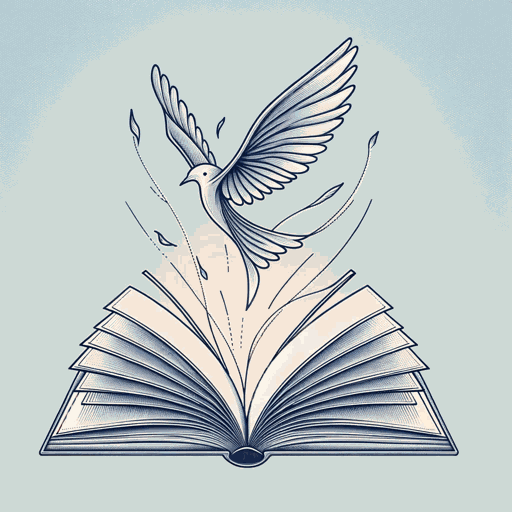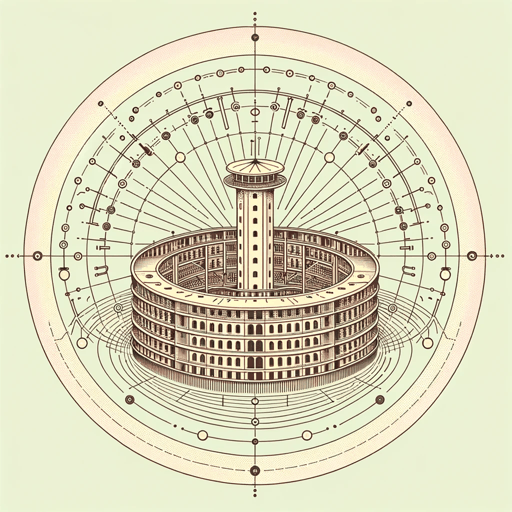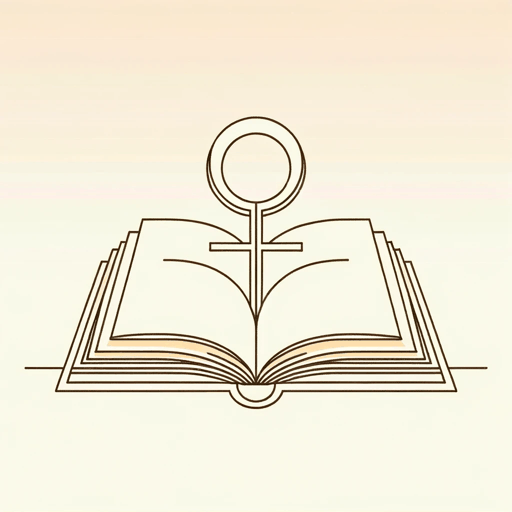60 pages • 2 hours read
Michel FoucaultThe Order of Things: An Archaeology of the Human Sciences
Nonfiction | Book | Adult | Published in 1966A modern alternative to SparkNotes and CliffsNotes, SuperSummary offers high-quality Study Guides with detailed chapter summaries and analysis of major themes, characters, and more.
Summary and Study Guide
Overview
The Order of Things: An Archaeology of the Human Sciences (1966) is a philosophical-historical text by Michel Foucault, a French philosopher, critic, and historian. The Order of Things explores the historical development of the “human sciences”: psychology, sociology, anthropology, literary studies, and so on. Foucault examines how Western societies thought about knowledge and conceptualized how people might know things in the 17th and 18th centuries, which he refers to as the Classical period. He calls the framework that a culture or time period uses for understanding the validity of knowledge and truth an “episteme.” Foucault explores the 19th century’s episteme and the human sciences that were developed at the time. He looks at the change between the Classical episteme and the 19th-century episteme to understand how modern-day human sciences function. Foucault calls this examination of the historical development of understandings of knowledge “archaeology of thought,” because he is excavating sedimented ideas that make our current worldviews possible.
The Order of Things is a foundational text for our modern understandings of knowledge production and shifts in cultural understanding. It challenges the traditional belief that history is a narrative towards progress and better ways of thinking. Foucault understands the shifts between epistemes as merely a change in knowledge production and not as a series of epiphanies that lead to a more advanced humanity.
This guide uses a PDF of the Routledge Classics 2005 e-book edition. Pagination may vary slightly in other editions.
Plot Summary
Foucault splits The Order of Things into two parts. The first part explores the underlying assumptions and worldviews that make the Classical episteme of the 17th and 18th centuries a coherent and unified way of understanding the world. The second part explores the 19th-century episteme in the same way with an emphasis on how Western understandings of knowledge shifted from the Classical to the 19th-century episteme.
Foucault begins Part 1 with a close reading of the 1656 painting Las Meninas, created by Spanish painter Diego Velázquez. Foucault believes the painting perfectly captures Classical ideas about painting. The painting depicts Velázquez himself, painting on a canvas the viewer cannot see. He is looking at the viewer while he paints in a room filled with court members from Phillip IV’s court. A mirror directly opposite the viewer’s perspective reflects what Velázquez is actually painting. Foucault considers this painting the height of Classical ideas about representation: The painting is a representation of the act of representing.
Chapter 2 examines the Renaissance episteme that made the Classical episteme possible. Foucault examines the 16th century’s reliance on similitude as the foundation of knowledge. These ideas of similitude provide a foundation from which the Classical episteme develops.
Chapter 3 begins Foucault’s proper examination of the Classical episteme with a reading of Miguel de Cervantes’s novel, Don Quixote. Don Quixote is consumed by representations of chivalric knights in literature. The Classical episteme considers the similitudes of representation as deceptive. Don Quixote is a warning of the dangers of pure representation. The Classical era turns to Order, measurements, and taxonomy to represent and organize knowledge about the world because similitude is no longer trusted.
Chapter 4 examines how the distrust of similitude affected language. General grammar as a field of study was invented to reduce language to functions that could be taxonomized. Language could no longer carry truth through representations of similitude, like analogy. It was instead thought of as crudely unrefined knowledge that needed to be dissected and ordered through taxonomy of its different functional parts.
Chapter 5 extends the consequences of Chapter 4 to the natural world. With language ordered through general grammar, Classical-era thinkers created natural history as a field of study. Natural history taxonomized the entire natural world under the categories of kingdom, genus, and species. Natural historians categorized organisms by their visual differences to create chains of continuity (quadrupeds versus birds, for example).
Chapter 6 examines the Classical Age’s ideas of economics. Foucault asserts that the Classical era did not understand wealth through labor and production costs. Instead, they understood economy through the symbol of wealth itself and what it represented through its function. Foucault links the understanding of economy back to general grammar and natural history through a shared emphasis on pure function. Pure function of a thing, for the Classical episteme, represented a thing’s meaning. Therefore, studies of wealth and the economy focused on how money worked as a representation of wealth.
Chapter 7 begins Foucault’s examination of the 19th-century episteme. Foucault depicts the 19th-century episteme as a fixation on internal relations of a thing or concept itself and its rules and mechanics, instead of a need to taxonomize or explain continuity between things. Thinkers in the 19th century focused on discontinuity and what that allowed us to know about different species of animals or the function of labor in generating wealth through the use of empiricism. The internal mechanisms of things or concepts are now where knowledge is located.
Chapter 8 explores case studies for the findings of Chapter 7. Through examinations of the work of David Ricardo, Georges Cuvier, and Franz Bopp, Foucault outlines how analysis of wealth became political economy, how natural history became biology, and how general grammar became philology.
Chapter 9 begins Foucault’s examination of the human sciences. Foucault extrapolates the 19th-century episteme as the ongoing episteme of the 20th century. Foucault demonstrates that these sciences rely on humanity becoming another object of history that is acted on in the same way that evolution acts on animals and political economic forces act on our economic life. The concept of the unconscious is created in the 19th-century episteme to facilitate the ability of the human sciences to discover things about humanity.
Chapter 10 examines the human sciences in the 20th century and where they may go. The human sciences wrestle with the paradoxical nature of humans as an object to know and as the subject who knows in modern scientific pursuits. Foucault claims that the self-examination of humanity by humanity in modern science requires a return of the old mysticism of language and similitude in order to examine ourselves. Foucault believes that the return of playful language in the form of literature might be an indicator that a new episteme might evolve and radically rearrange the human sciences.
Related Titles
By Michel Foucault




